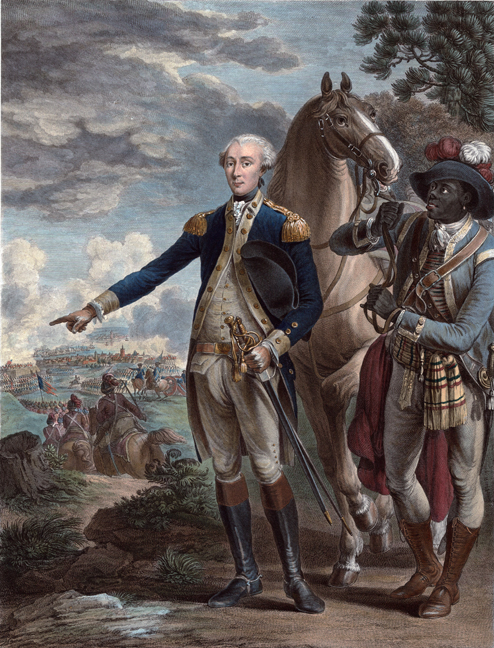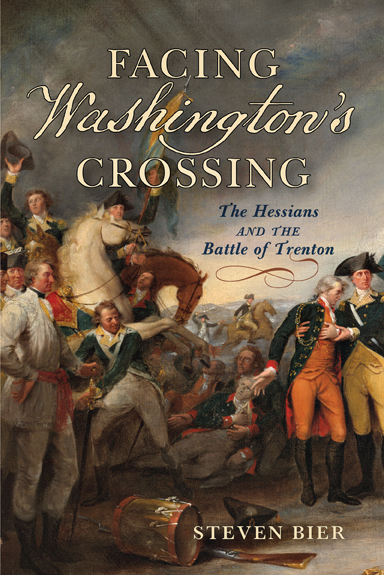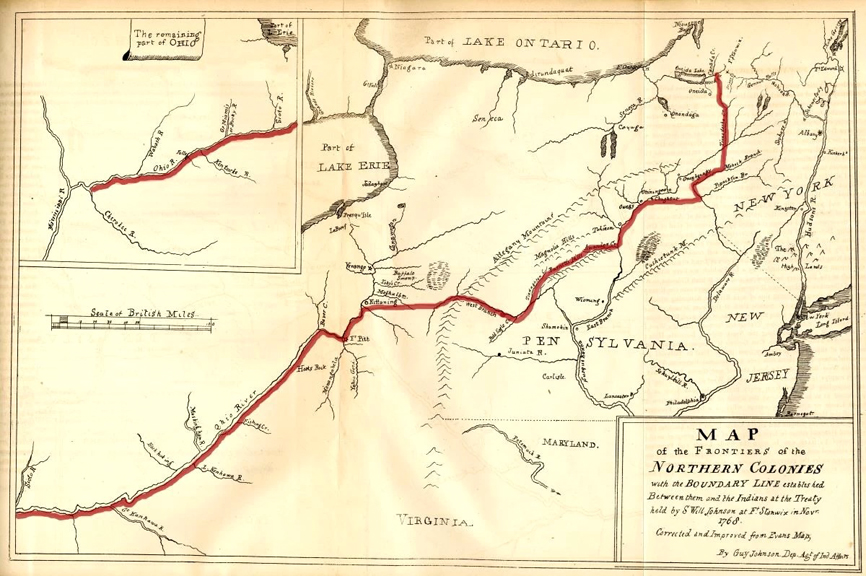Book Review:
The First American Declaration of Independence? The Disputed History of the Mecklenburg Declaration of May 20, 1775
By Scott Syfert. Jefferson, NC: McFarland, 2014. Paperback. $35.00. ISBN 978-0-7864-7559-9. Pp. x, 250. Index, bibliography, maps and illustrations.
For more than two centuries, controversy has surrounded the issue of whether or not a group of people in Mecklenburg County, North Carolina, declared independence from Great Britain on May 20, 1775, more than a year before the Continental Congress dissolved the colonies’ ties to the mother country. While admitting that the dispute no longer receives the attention it did a century ago, author Scott Syfert nonetheless delves deeply into the issue in this well researched and highly readable volume. Syfert admits that he believes that the Mecklenburg Declaration is genuine, yet presents a balanced view of the opposing arguments that leaves readers free to draw their own conclusions.
Syfert begins with a history of the Scots-Irish Presbyterians who settled Mecklenburg County, site of the present-day city of Charlotte. This background is relevant to the author’s case as he seeks to demonstrate that the eighteenth-century inhabitants of the county harbored strong anti-British views as a result of their unhappy experiences, first in Ireland and then in the American colonies, where they struggled to carve farms out of the wilderness and their version of Presbyterianism marked them as outsiders. The Mecklenburgers were further alienated after they supported North Carolina’s royal governor, William Tryon, in suppressing the Regulator movement in 1771 in exchange for pledges that they would be allowed to establish their own educational institution, Queen’s College in Charlotte, and that the law prohibiting their ministers from performing lawful marriages would be repealed. Tryon and the colonial legislature upheld their end of the bargain, only to have the Privy Council in London void the legislation. This action further increased the Mecklenburg settlers’ animosity toward the British government. By the end of this section, Syfert has made a convincing case that if anyone in the American colonies was inclined to favor independence from Britain in 1775, it was the inhabitants of Mecklenburg.
In the next several chapters, Syfert relates the story of the Mecklenburg Declaration. After the months of tension that followed the Boston Tea Party and the British Parliament’s imposition of the Coercive Acts to punish Massachusetts, Colonel Thomas Polk summoned two officers from each militia company in Mecklenburg County to meet at the Charlotte courthouse on May 19. As the representatives gathered, news arrived of the clash between colonists and British troops at Lexington, Massachusetts, inflaming the delegates.
The delegates elected Abraham Alexander chairman of the meeting and chose John McKnitt Alexander as secretary. During the ensuing discussion, the representatives chose a committee of three men to prepare a set of resolutions expressing the sentiments of the group. The committee composed four resolutions: the first declared anyone who supported British policy an enemy to America, the second asserted that “we the citizens of Mecklenburg county, do hereby dissolve the political bands which have connected us to the Mother Country, and hereby absolve ourselves from all allegiance to the British Crown” (73), the third echoed the second and declared the county’s inhabitants “free and independent” (73), and the fourth stated that existing laws would remain in force so that the community could continue to function without disorder. Shortly afterward, Captain James Jack was assigned to carry the Mecklenburg Declaration to Philadelphia and deliver it to North Carolina’s delegates attending the Second Continental Congress.
The first nine chapters covering the region’s background, the Declaration, and Jack’s ride are engaging and informative, but with chapter 10, as Syfert begins his examination of the veracity of the Mecklenburg Declaration, the pace picks up and the book reads like a detective novel. Syfert discusses the correspondence of Josiah Martin, North Carolina’s royal governor, in which Martin referred to treasonous activity at Mecklenburg. Syfert also examines the surviving documents that appear to verify the authenticity of the Declaration, the widespread attention the document received in the early nineteenth century, and the resulting disagreement between John Adams and Thomas Jefferson over the Declaration’s authenticity. Noting the similarities between the Mecklenburg Declaration’s language and that of Jefferson’s Declaration of Independence approved by the Continental Congress in July 1776, Adams implied that the North Carolina document had been concealed or he would have brought it to the attention of Congress, and in private correspondence told a friend that Jefferson had plagiarized from the Mecklenburg document. Jefferson, on the other hand, dismissed the Mecklenburg Declaration as fraudulent.
Although Jefferson and Adams soon dropped the matter, supporters and skeptics continued the dispute, and Syfert traces the controversy in a manner that leaves readers yearning for a decisive resolution. Syfert deals effectively with Adams’s accusation of plagiarism, demonstrating that the nearly identical phrases that appear in the Mecklenburg Declaration and the Congressional Declaration were in fact commonplace political language of the era, and therefore both documents could have been composed separately. He is less convincing in arguing that the Mecklenburg Resolves, a far less radical document dated May 31, 1775, is an entirely separate document from the Mecklenburg Declaration. His case is difficult to make since contemporary copies of the Resolves have survived, while the oldest alleged documents supporting the existence of the Declaration are dated circa 1800. As Syfert notes, the majority of historians who have studied the issue since the nineteenth century believe that the Resolves are the only authentic document; however, Syfert points out that some current historians accept the possibility that the Mecklenburg Declaration did exist.
Syfert has marshaled all of the corroborating evidence available to support the authenticity of the Mecklenburg Declaration, and his clear and well balanced presentation, giving full attention to opposing arguments, makes a strong case. Unfortunately, it is not conclusive and probably can never be unless new evidence is found. Yet, having begun reading The First American Declaration of Independence as a solid skeptic, by the time I finished the book I found myself accepting the possibility that the document may indeed have existed, and that the citizens of Mecklenburg might actually have declared independence from Great Britain in May 1775. It is a fascinating issue, and Syfert deserves credit for his effort to revive it. There are many unanswered, and unanswerable, questions in history, and this is one that leaves readers hoping that someday a definitive answer will be found.








5 Comments
I have just spent a week digging in the documentary evidence about the Mecklenburg Declaration of Independence and the challenges to its authenticity. I started from scratch, having, for instance, to figure out who “Florian” was and why he knew so much. So you were a solid sceptic! I am a hard-nosed Melville scholar used to shooting down flimsy claims, no matter how eloquently argued. I emerged from the documents a believer, even though the deniers succeeded in shouting down the state of North Carolina. I was eager to see how you came down on Syfert’s book, which I am ordering at once. Will my reasons for believing match his or supplement his? Or will he have reasons very different from mine?
Is there a way to revise a comment rather than posting another?
Syfert’s book is here, and what an impressive job it is, judging from the episodes I went to right away!
Earlier this month I assembled a Mecklenburg Declaration “folder” containing 85 pdfs and a few other documents, some from histories but others mainly from newspapers, a few from the 1770s and about half the rest from the 1800s and the rest from the 1900s. The histories and some of the newspaper articles are in Syfert’s bibliography but many of the newspaper articles are not. This “folder” might be useful to other readers of Syfert. I’ll give my gmail account in case anyone can think of a way I can send the folder without overloading your system. I could send screen shots of the contents of the folder, in pieces.
ar************@gm***.com
I apologize for cluttering up the comments section but I have afterthoughts. First, anyone could send me a flashdrive and I could copy the pdfs to it and mail it back. I don’t think of very modern solutions.
Second, there may be an advantage in starting from scratch as I did a few weeks ago, as I always tend to do. See Syfert p. 236 Chapter 22, note 9. Archibald D. Murphey published documents in the Hillsborough Recorder of March 1821, Syfert says, and adds: “copy no longer exists.” I think I have that article, just by from starting from scratch and assembling evidence. It is not signed Murphey and it took me hours to establish that he was the writer. I have run my fingers down all the pages of Syfert’s notes and don’t see that he has it. I have checked twice and will feel like a fool if I have missed it. [I know: an old fool.] I have left a message on Syfert’s telephone. If I have what he thinks no longer exists, I will send a pdf to Scott Syfert at once but I want a 2nd, signed copy in exchange. The Scots-Irish drive a hard bargain.
Well, Scott Syfert got home and called me back and I sent him the pdf while we were talking and he opened it right then, just the way email is supposed to allow you to do. What a great guy he is! He did not know that Archibald Murphey wrote as “FLORIAN” but he will write up a new piece. I am sending him a flash drive with all my Florian links as well as the 85 pdfs on MecDec I mentioned, a few of which he won’t know. Jim Piecuch, how about snagging Scott for this webzine? I am going to stop apologizing for cluttering the comments section, Jim.
JD Lewis put a link up today:
http://www.carolana.com/NC/Revolution/nc_revolution_mecklenburg_resolves_1775.html
This post is a way of cheering Charlotte on today in its celebration of the Mecklenburg Declaration of Independence. I have been re-reading Jim Webb’s really magnificent book, BORN FIGHTING, which explains to my mind how the colonized South could have been battered into disbelieving in its own history and finally denying the MecDec. Scott Syfert did a great impartial job of mustering the evidence, and the availability of newspaper databases has produced more and more pre-1820 allusions to the MecDec. I have been working with the Presbyterians involved and have absolutely no doubt that the survivors told the truth in the 1820s. Scott Syfert’s timing was perfect. Go Charlotte! Have a great day!